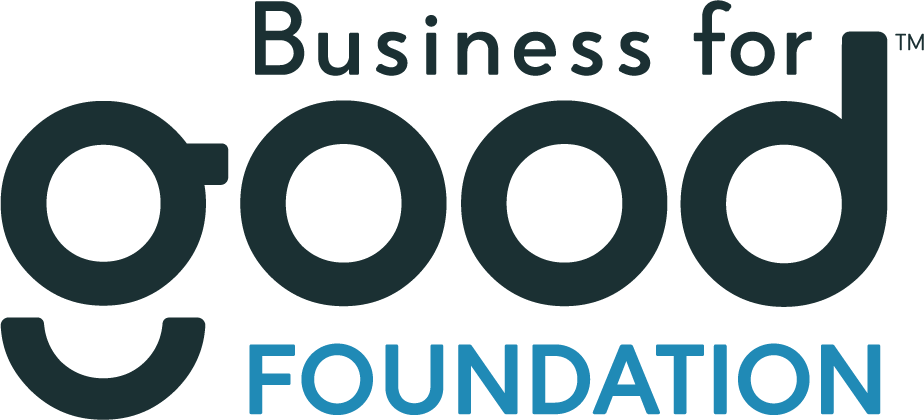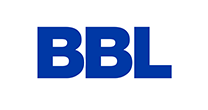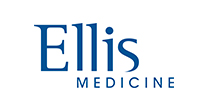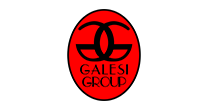News
November 19, 2015Greater Capital District Regional Youth Spotlight 203 REASONS to Quit Tobacco Marketing to Kids as part of the Great American Smokeout
Leading up to the Great American Smokeout (GASO) on November 19, 2015, Reality Check youth from 18 schools in the greater Capital Region are bringing attention to the impact of tobacco marketing on youth, spotlighting the 203 young people under 18 who become new daily smokers each week in New York State. The students are using innovative visuals to raise awareness among their peers and in the greater community and are leading various school-based awareness activities in the 14-county area.
“Young people get a really mixed message about tobacco use. They’ve grown up in an era where everyone knows that tobacco kills.” said Michelle Kline, Reality Check Coordinator for Tobacco-Free Action of Columbia and Greene Counties. “But at their corner store, the neighborhood gas station and the local pharmacy they see large displays of tobacco products being sold at deep discounts. If tobacco is so deadly, why is it so visible and accessible everywhere they go?”
A 2014 Surgeon General Report concludes that promotional activities by tobacco companies cause the onset and continuation of smoking among adolescents and young adults.1 “We now have evidence to support what we’ve long believed to be true. Tobacco marketing in stores is a primary cause of youth smoking,” said Regina Haig, Reality Check Coordinator from Delaware, Otsego and Schoharie counties. “If we reduce kids’ exposure to tobacco marketing, we can reduce youth tobacco use.”
On school grounds, students have begun to place a series of eye-catching lawn signs with alarming statistics about the impacts of tobacco marketing and tobacco use on New York youth. As a new message is installed each day, students at some schools also will place 29 markers representing the 29 young people under age 18 who become new daily smokers each day in New York State.2 By November 19, the date of the Great American Smokeout, those school lawns will be overrun with 203 markers symbolizing the 203 young people under age 18 who become new daily smokers each week, 68 of whom are predicted to die from tobacco use.3 Other GASO-related activities include morning school announcements, signing posters in support of ending tobacco marketing and educating local legislators about the deadly impact of tobacco marketing on young people. Last week, high school seniors Devin Freeman of Voorheesville High School, and Kasey McKenna of Niskayuna High School, took their message to the Albany County Legislature and the Niskayuna Town Board, respectively.
“I think it’s shocking that in 2015, 203 of my New York State peers will become new daily smokers every week,” said Morgan Rossi, a 13-year old 8th grader at Broadalbin-Perth Middle School. “If those 203 young people aren’t 203 good enough reasons for my community to say ‘No’ to tobacco marketing, I honestly don’t know what is.”
The tobacco industry spends 90 percent of their annual marketing budget in retail stores.4 Retailers in New York State display an average of 32 square feet of tobacco products or the equivalent of more than 200 cigarette pack faces.4 In New York State, 82% of retailers dedicate at least half of the space behind the checkout counter to openly visible tobacco products.4 Pharmacies and mass merchandisers averaged 50 and nearly 60 square feet of tobacco product display, respectively, equivalent to over 300 pack faces.
“Smoking is now linked to at least 12 types of cancers, including for the first time, liver and colorectal cancers, and today’s smokers have a higher risk of lung cancer than smokers 50 years ago,” said Julie Hart New York director of government relations of the American Cancer Society Cancer Action Network (ACS CAN.) “The American Cancer Society Great American Smokeout and these young people are helping deliver this powerful message.”
In New York State, 73,700 high school students smoke cigarettes.2 Each year, 10,600 kids under 18 become new daily smokers.2 According to the 2014 Surgeon General’s report, if current smoking rates continue, 5.6 million Americans younger than 18 who are alive today are projected to die prematurely from smoking-related disease.5 Every adult who dies early because of smoking is replaced by two new, young smokers, one of whom also will die early from smoking.
“Our kids deserve to be protected from tobacco marketing and, thankfully, many communities in New York and elsewhere are taking steps to do just that,” said Judy Rightmyer, Director of the Capital District Tobacco-Free Coalition. “Several municipalities prohibit the sale of tobacco within a certain distance from schools. Others have ended tobacco sales in health care facilities, including pharmacies. Still others have taken steps to reduce the number of tobacco retailers overall. If we can stop young people from starting – since nearly all adult smokers began smoking before the age of 18 – we can ensure a tobacco-free generation. Changing the environment is key.”
Five Advancing Tobacco-Free Communities and Reality Check programs are supporting the efforts of students in 18 schools located in 14 different Capital Region counties. The participating programs are Advancing Tobacco-Free Communities of Hamilton, Fulton & Montgomery; Capital District Tobacco-Free Coalition; Reality Check & Tobacco-Free Delaware, Otsego & Schoharie; Tobacco-Free Action of Columbia & Greene; and Tobacco-Free Clinton, Franklin, and Essex.


























